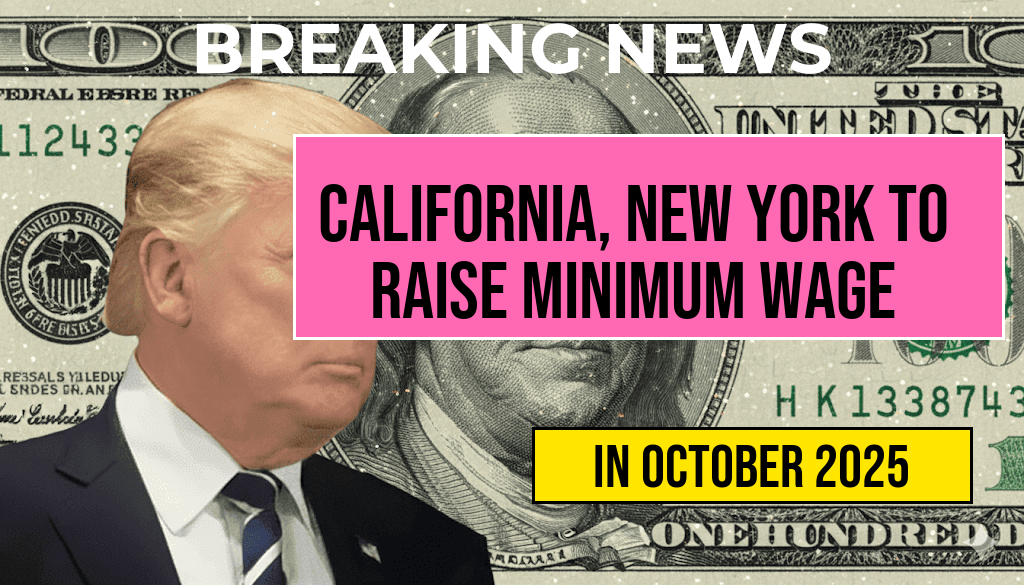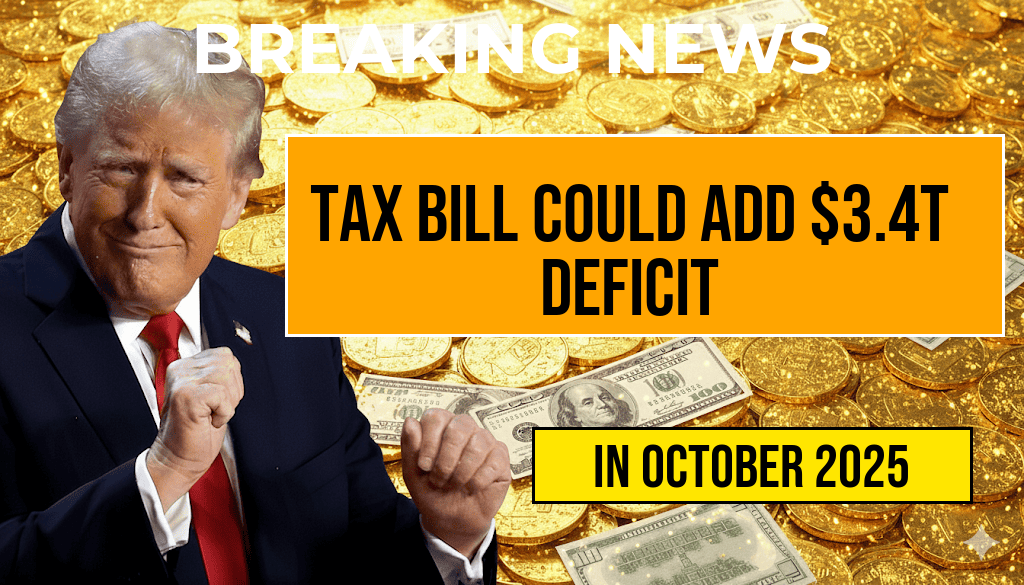California and New York are poised to implement significant increases in their minimum wages, with both states targeting a new standard of $16.50 per hour. These moves reflect ongoing efforts to address income inequality and improve living standards amid rising living costs across the country. Scheduled to take effect over the coming months, the wage hikes are part of broader legislative agendas aimed at boosting worker earnings, reducing poverty, and promoting economic stability. While supporters hail the increases as overdue steps toward fair compensation, critics raise concerns about potential impacts on small businesses and employment levels. As the states prepare for these changes, employers and workers alike are evaluating the implications of the new wage benchmarks, which mark a notable shift from previous minimum wage rates in both regions.
Context and Background of Wage Increases
The push for higher minimum wages in California and New York has gained momentum over recent years, driven by economic disparities and political advocacy. Both states have historically maintained some of the highest statewide minimum wages in the country, but inflation and cost-of-living increases have prompted calls for further adjustments. California’s minimum wage, which was $15.50 as of 2023, is set to rise gradually to reach $16.50, aligning with a broader strategy to reach a $20 minimum wage by 2026 for larger employers. Similarly, New York has committed to incremental increases, aiming to have a minimum wage of $16.50 in several regions by the end of 2024, with plans to eventually raise wages further.
Details of the Upcoming Wage Hikes
| State | Current Minimum Wage | New Minimum Wage Effective Date | Projected Minimum Wage |
|---|---|---|---|
| California | $15.50 (2023) | 2024 | $16.50 |
| New York | $15.00 (2023) | 2024 | $16.50 |
California’s Wage Progression
California’s minimum wage has seen steady increases over the past decade, with the state gradually shifting toward a $15 minimum for large employers. The upcoming increase to $16.50 is part of a phased plan to reach $20 by 2026 for employers with 26 or more employees. Smaller businesses are expected to follow similar timelines, with adjustments based on regional economic factors. The state’s legislation emphasizes equitable wages, particularly in high-cost metropolitan areas like Los Angeles and San Francisco.
New York’s Wage Strategy
New York’s wage hikes are similarly structured, with regional variations to account for differing economic conditions. In New York City, the minimum wage has already surpassed $15, and the move to $16.50 aims to sustain affordability and support low-income workers. Upstate regions have also seen scheduled increases, reflecting a statewide commitment to raising wages across diverse economic zones. Legislators have underscored that these increases are designed to keep pace with inflation and ensure workers can meet basic needs without excessive hardship.
Economic and Social Implications
Impact on Workers and Employers
Proponents argue that raising the minimum wage to $16.50 will significantly benefit millions of workers in both states, providing a boost to household incomes and reducing reliance on public assistance programs. According to the Economic Policy Institute, higher wages can lead to increased consumer spending, which fuels economic growth. However, some small business owners express concern about increased labor costs, which could lead to higher prices, reduced hiring, or even closures if margins are squeezed too tightly.
Potential for Job Market Changes
- Employment levels: Critics suggest that wage hikes might lead to reduced hiring, especially for entry-level positions, as businesses adjust to higher payroll expenses.
- Automation: Some employers may accelerate automation efforts to offset increased labor costs, impacting low-skill job availability.
- Regional economic disparities: Wage increases could influence migration patterns, with workers potentially seeking employment in states or regions with lower costs or wages.
Policy and Political Reactions
Legislators in both California and New York have largely supported the wage increases, framing them as essential steps toward economic justice. Democratic leaders emphasize the importance of ensuring fair pay for essential workers, particularly amid ongoing inflationary pressures. Conversely, some business associations warn that rapid wage hikes could hinder economic recovery and competitiveness, especially for small and mid-sized firms operating on thin margins.
Stakeholder Perspectives
- Worker advocacy groups: Argue that the wage increase is overdue, highlighting stories of workers struggling to cover basic expenses.
- Business coalitions: Call for phased implementations and support programs to help small businesses adapt to the new wage standards.
- Economic analysts: Diverge on the long-term impacts, with some predicting moderate employment effects and others warning of potential inflationary pressures.
Looking Ahead
The upcoming minimum wage adjustments in California and New York represent a broader movement across states and localities to address wage stagnation and economic inequality. As implementation approaches, both policymakers and business leaders are closely monitoring economic data and labor market trends. The success of these increases may influence future debates on wage policy and serve as a benchmark for other states considering similar measures. For workers, the shift offers promise for increased financial stability, but it also underscores ongoing challenges in balancing fair compensation with economic growth.
For more background on minimum wage policies, visit Wikipedia’s overview of minimum wage laws. To explore recent economic analyses, see Forbes’ coverage on wage impacts and labor markets at Forbes.
Frequently Asked Questions
What are the upcoming changes to minimum wage in California and New York?
The states of California and New York are planning to increase their minimum wages to $16.50 per hour, aiming to improve earnings for workers across both states.
When will the new minimum wage rates take effect in California and New York?
The specific effective dates for the minimum wage increases are scheduled for later this year, with details to be announced by each state’s labor department.
Which workers will benefit from the wage increase in California and New York?
The increase will impact hourly workers across various industries, especially those earning below the $16.50 per hour threshold, providing them with a higher living wage.
Are there any exceptions or phased-in approaches for the wage hike?
Some businesses or worker categories might experience phased implementation or specific exemptions, depending on local regulations and legislation.
How might the wage increase impact employers and the local economy?
Raising the minimum wage to $16.50 per hour could lead to increased worker spending and improved worker satisfaction, but may also pose challenges for businesses regarding operational costs.







